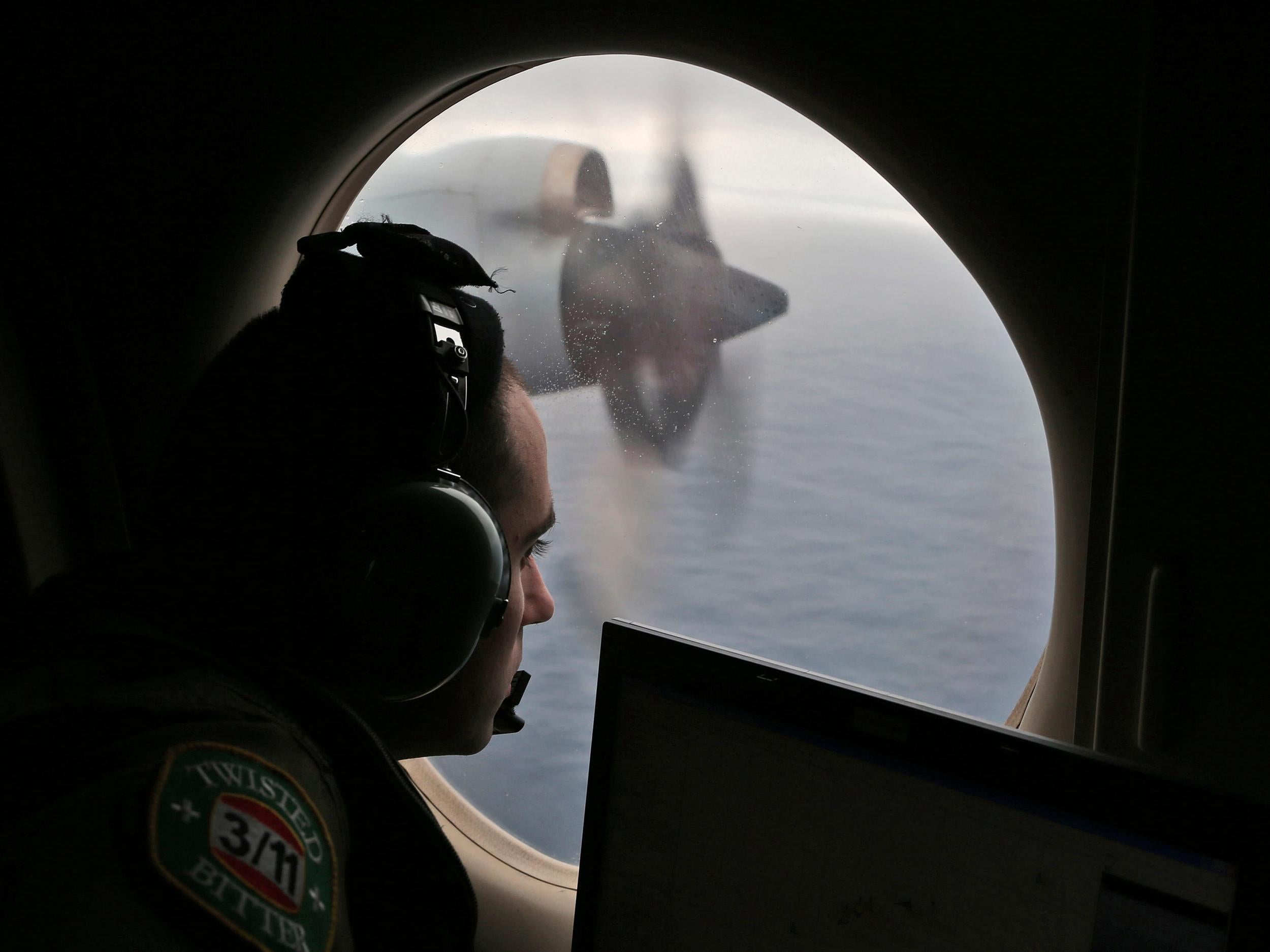MH370 search ship to begin probing 20 possible man-made ‘sonar contacts’ under Indian Ocean
Officials said more than 20 sonar contacts picked up by crews in recent months require closer examination by a sonar-equipped water drone

A ship involved with the search for the missing Malaysia Airlines Flight 370 is being fitted with a drone to examine several sonar contacts on the remote seabed west of Australia.
The Australian Transport Safety Bureau, which is leading the search for the Boeing 777, said on Wednesday none of the sonar contacts are characteristic of a typical aircraft debris field, but some do exhibit man-made properties and must be investigated.
Officials previously said more than 20 sonar contacts picked up by crews in recent months require closer examination by a sonar-equipped water drone. They are between 2,700km and 1,900km from the Australian port of Fremantle where the search ships are based.
The Chinese vessel, Dong Hai Jiu 101 is being fitted with a video camera-equipped remotely operated vehicle that will scrutinise the sonar contacts. Poor weather conditions during the southern hemisphere winter prevented the drone from being deployed before now.
Crews have picked up hundreds of sonar contacts of interest during the two-year hunt for MH370, which vanished on 8 March 2014, during a flight from Kuala Lumpur to Beijing with 239 people on board.
The contacts are grouped into three classification levels, with those labelled "classification 1" considered most likely to have come from the aircraft.
None of the recent sonar contacts the drone will investigate are classification 1. Only two have fitted into that category during the search - one was an old ship wreck and the other was a rock field.
An underwater search of 120,000 sq km of seabed in the southern Indian Ocean, which is believed to cover the most likely area for a crash site, is almost complete - without any trace of the plane being found.
Malaysia, China and Australia agreed in July that the search in the southern Indian Ocean would be suspended after the current search site has been thoroughly examined with deep sea sonar equipment in the absence of credible new evidence that identified the plane’s location.
Officials previously said the search would be finished by December, but on Wednesday, the transport bureau said it is now likely to take until January or February to complete, due disruption from poor winter weather.
Last month, investigators cast doubt on the discovery of "fire-damaged" debris washed up on Madagascar, which were seen as possible evidence to the cause of the crash.
Officials at the Australian Transport Safety Bureau are still yet to determine whether the five items of debris came from the missing Boeing 777. But said a preliminary investigation showed at least two of the pieces, panels of fiberglass honeycomb, were discoloured naturally as a result of resin in the material, not exposure to fire or heat.
Additional reporting by Associated Press
Join our commenting forum
Join thought-provoking conversations, follow other Independent readers and see their replies
Comments